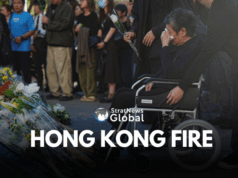The four days of tense conflict between India and Pakistan is currently on pause mode, but there is one battle that continues to be actively fought even days after the cessation of firing. That’s the information war.
After the Pahalgam terror attack in Kashmir on April 22, the Government of India managed anticipation and messaging with calculated ambiguity, at once balancing public expectation with operational secrecy. India’s ensured it pursued strategic messaging whether it was with pointed pressers to explain putting the Indus Waters Treaty in abeyance, expelling Pakistani diplomats, the media interactions with women military officers soon after the launch of Operation Sindoor or the high-powered DGMOs briefing where India gave proof of what it had set out to achieve.
The 4-day conflict also brought to the fore the sprawling electronic media landscape, where misinformation, speculation, and hyperbole ran rampant. While some of this disinformation may have served to confuse adversaries, much of it created unnecessary panic among citizens.
On this edition of The Gist, we speak to the former CEO of Prasar Bharati, Shashi Shekhar Vempati to understand the power of information dissemination during a conflict like the one we witnessed, where we hit bullseye with our communication and, where we were found lacking. “There is no pause as far as operations in the information dimension is concerned, because that is unfolding even today,” reminds Mr Vempati. “And that’s what is so important when you talk about information. We’re actually talking about how the world perceives you as a country, how the world perceives your media, how the world perceives how you have understood the conflict, where your place is in the conflict and how you have responded.”
Mr Vempati also makes the case for accelerating the development of the direct to mobile broadcasting, that can give India the edge to regulate the flow of accurate information to our own citizens in times like these.




